Japan Travel Tips - 11 things to know before going to Japan
Heading to Japan? Here are 11 essential tips to help you prepare for a smooth, stress-free, and unforgettable experience!
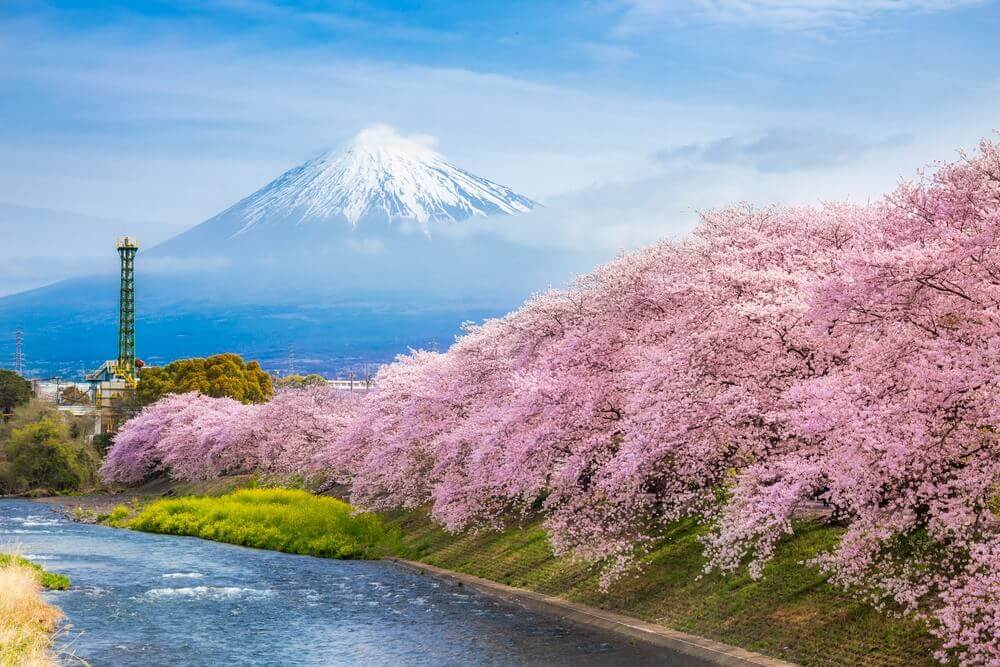
There’s a huge variety of things to do in Japan, whether you’re looking for a city adventure, historical tour, or a chance to get out into the great outdoors. Wherever you end up, you’ll find amazing cuisine, friendly people and plenty of new experiences. So - when is the best time to visit Japan?
Use this guide to help you plan the best time to visit Japan from Australia - avoiding the peak flight costs and adverse weather, and skip times when national holidays can lead to very busy or crowded destinations. We’ll also introduce Wise, a handy travel companion to help your money go further.
| Table of contents |
|---|
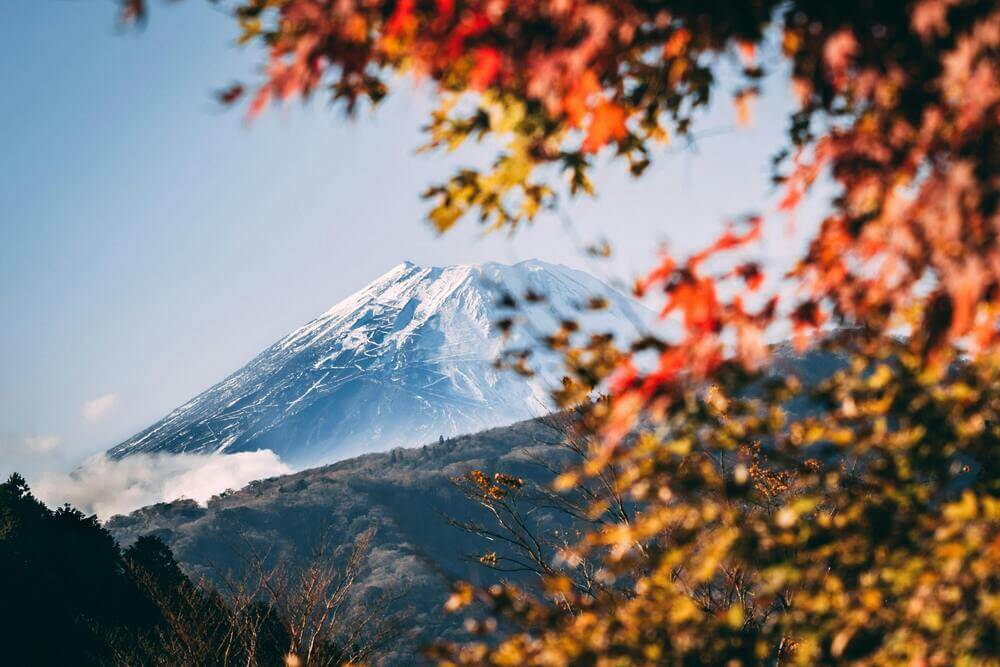
The best time to visit Japan from Australia is November - when Australia is heating up for summer but Japan is experiencing fall. During this period, the key tourist season is ending, but the weather is still cool in Tokyo. Plus, you’ve got the vibrant colours of the changing leaves, and may even get a peak at Mount Fuji with snow on the top if you’re lucky.
The good news is that there’s really no wrong time to visit Japan, although if you’re hoping to do something in particular - spotting sakura, or hitting the slopes for skiing for example, you’ll need to think about the best month to visit Japan based on your plans. The climate of Japan does vary a lot from north to south, bringing some variation in the best times to visit - here’s an overview of the best times to visit Japan based on key seasonal highlights.
So, when is the best season to visit Japan? It really boils down to personal preference. Here's our seasonal guide on the best time to visit Japan:
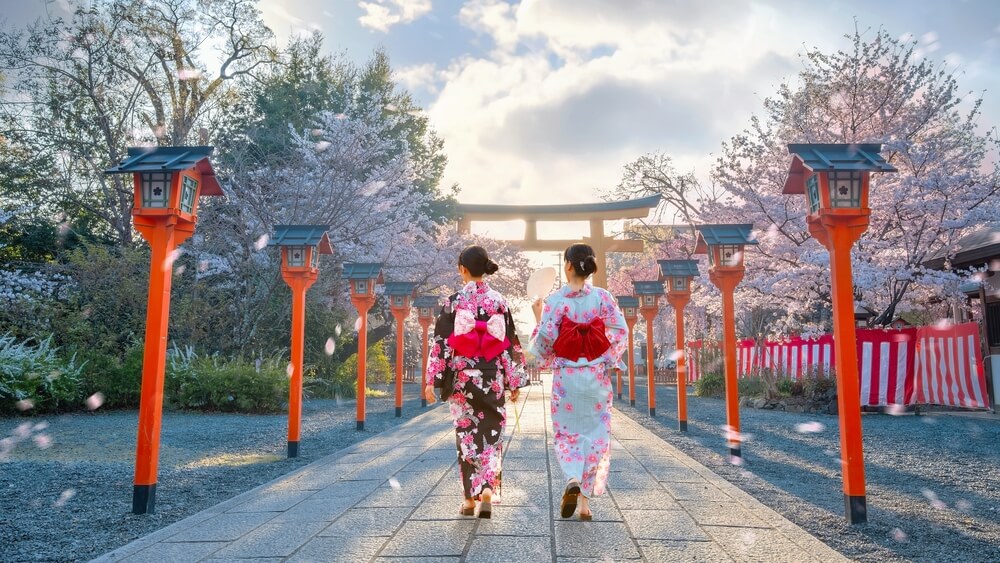
Sakura season brings the ideal opportunity to see Japan’s famous cherry blossoms in all their glory. Sakura season is a highlight of the calendar in Japan, and so you’ll find forecasts released annually showing when blossoms are likely to be at their peak, by area1. Blossoms only last around 2 weeks in any given area, so planning your trip will be crucial here.
The key season is during April, with blossom times usually moving from south to north over the month. However, if you’re early you may still catch the sakura in the south of the Honshu region which includes major cities like Tokyo, Osaka, Hiroshima and Nagoya. One place worth considering is the Izu peninsula which is reachable by train from Tokyo easily enough.
On the other hand if you’re looking for late showings of the blossoms, head north. You may find blossoms in Sendai somewhat later that in the rest of the country, with the latest option usually being in Hokkaido.
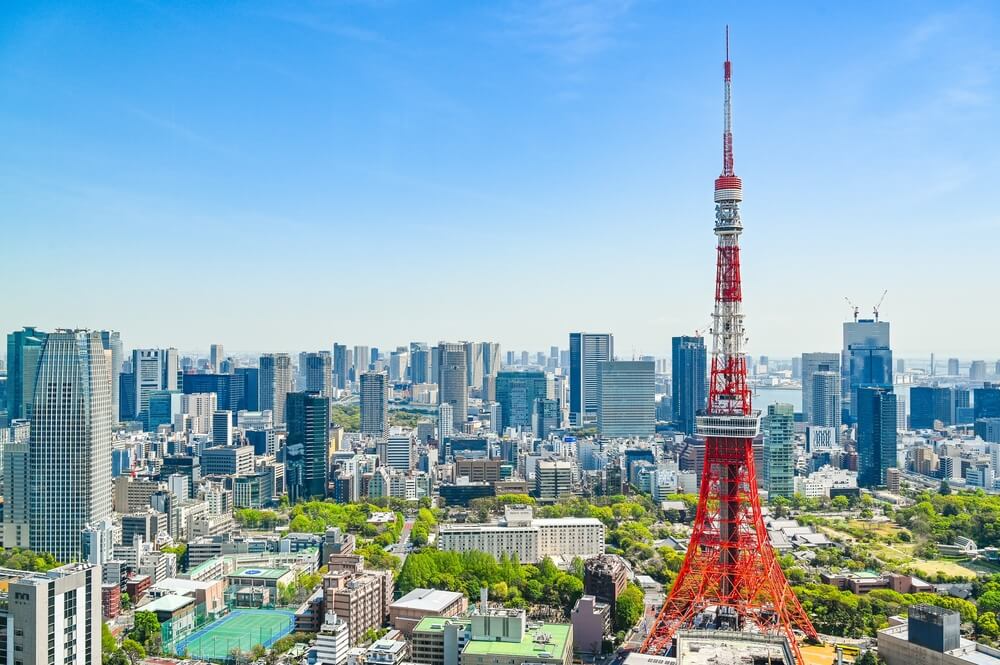
With the rainy season working its way northwards from late May, the weather is hot and humid in many places. This makes it a great season to visit Japan’s mountainous regions for hiking and other outdoor pursuits.
Hokkaido is a good place to target if you’re aiming for Japan during the summer. The rainy season usually misses the island which leaves lots of opportunity for getting outdoors and enjoying the beautiful scenery. Take the opportunity to enjoy the famous local seafood and ice cream, followed up with a Sapporo beer - or even a visit to the beer museum.
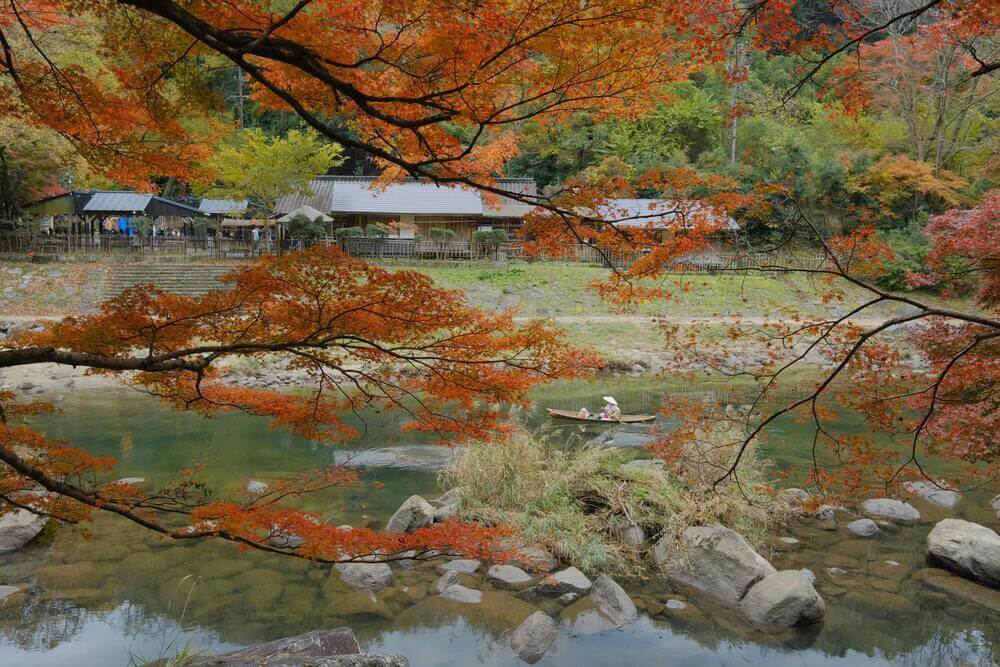
While the start of Autumn is still pretty hot in some places, this season sees a general cooling and the stunning change of the Autumn leaves. From September in the south of Japan you can expect to see the glorious colours of the forested areas, with the seas gradually moving northwards over the period.
If you’re looking to pair good places to view the leaves with a trip to Tokyo you’ve got plenty of options without excessive travel. Showa Memorial Park in the west of the city hosts illuminations through November and on into winter, staying open after dark to give people an opportunity to view the leaves and then the lights. Or if you’re looking for somewhere to combine the sights with a hike, consider Mount Takao or Mount Mitake.
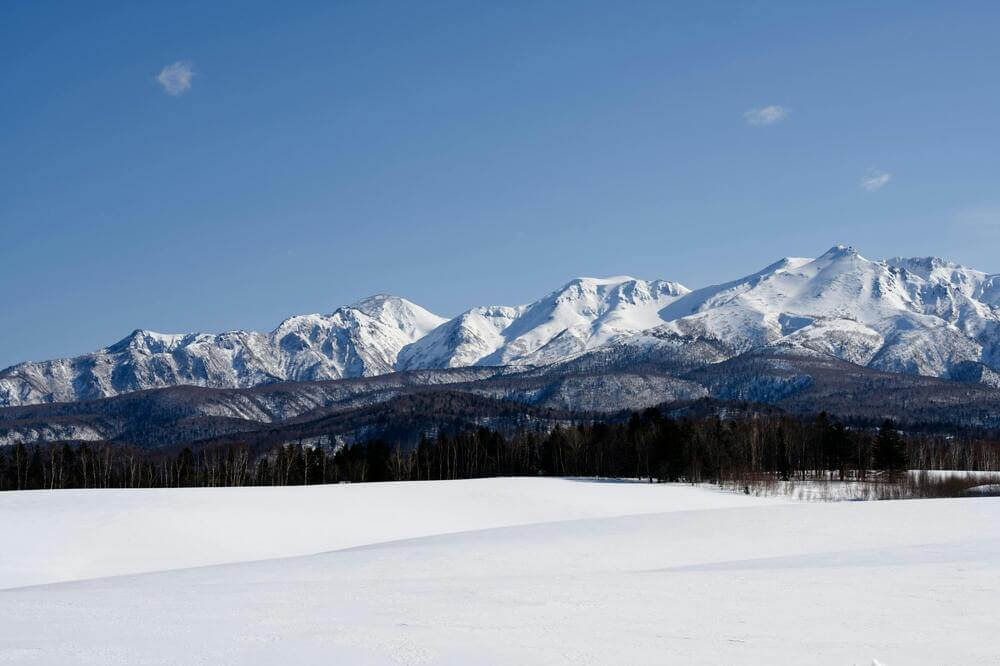
Winter sees cooler temperatures, with dry and sunny weather in the south and heavy snowfalls perfect for skiing in northern areas such as Hokkaido. February is usually the ideal time for skiing, with the Sapporo snow festival taking place. Demand can be high if you’re interested in skiing, so book well in advance.
While the climate may be cooler, winter can be a good time to visit some of the big tourist cities which can feel crowded in the peak tourist seasons. And in a country which boasts plenty of onsens to choose from, you can always warm up with a dip in the hot springs if it gets too chilly for you. That said, if you’re coming to Japan in the winter and want something a little warmer, Okinawa still boasts temperatures close to 20 degrees celsius.
| 👉🏻Click here to discover the temperature and what to do month on month in Japan |
|---|
There’s plenty to do in Japan. Your biggest challenge is likely to be planning your itinerary to fit it all in. Here are some ideas:
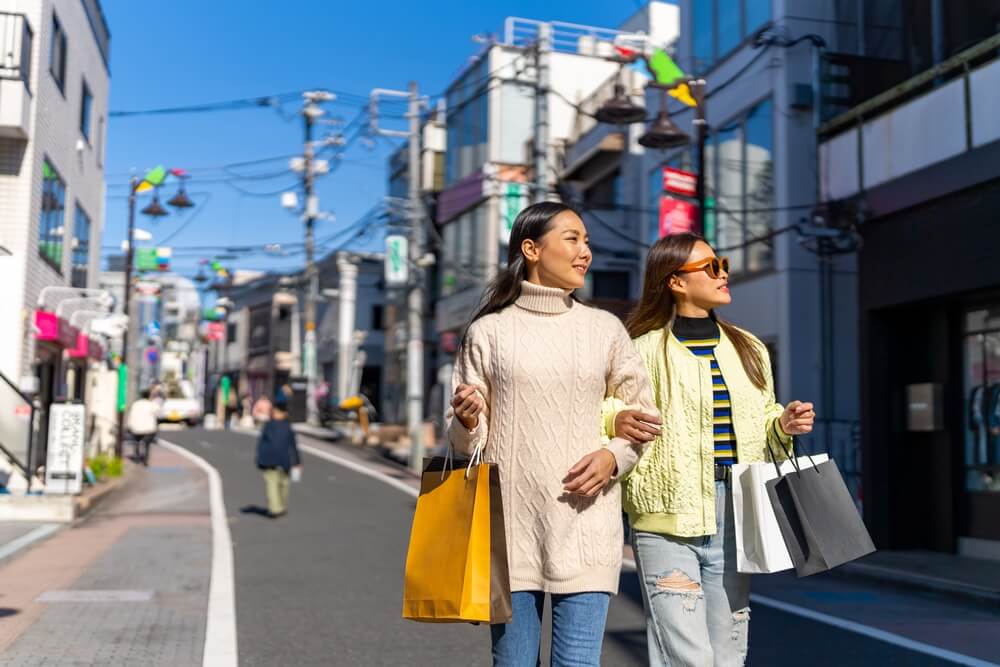
Japan’s major cities are world famous for their vibrant crowds and instagrammable, futuristic scenes. Shop til you drop in Tokyo, Osaka, or another large city, and then refuel with a coffee or a relaxing onsen dip. Apart from popular districts known for shopping like Shibuya and Ginza in Tokyo, and Dotonbori in Osaka, look out for smaller shopping streets as you roam around and discover great deals or specialty products.

You can’t really visit Japan without trying an onsen or hot spring - a perfect way to warm up in the winter or feel rejuvinated when it's warmer, and a great way to learn more about this important ritual all year round. There are dedicated onsen towns like Hakone and Beppu but you can also find onsen facilities in bigger cities.
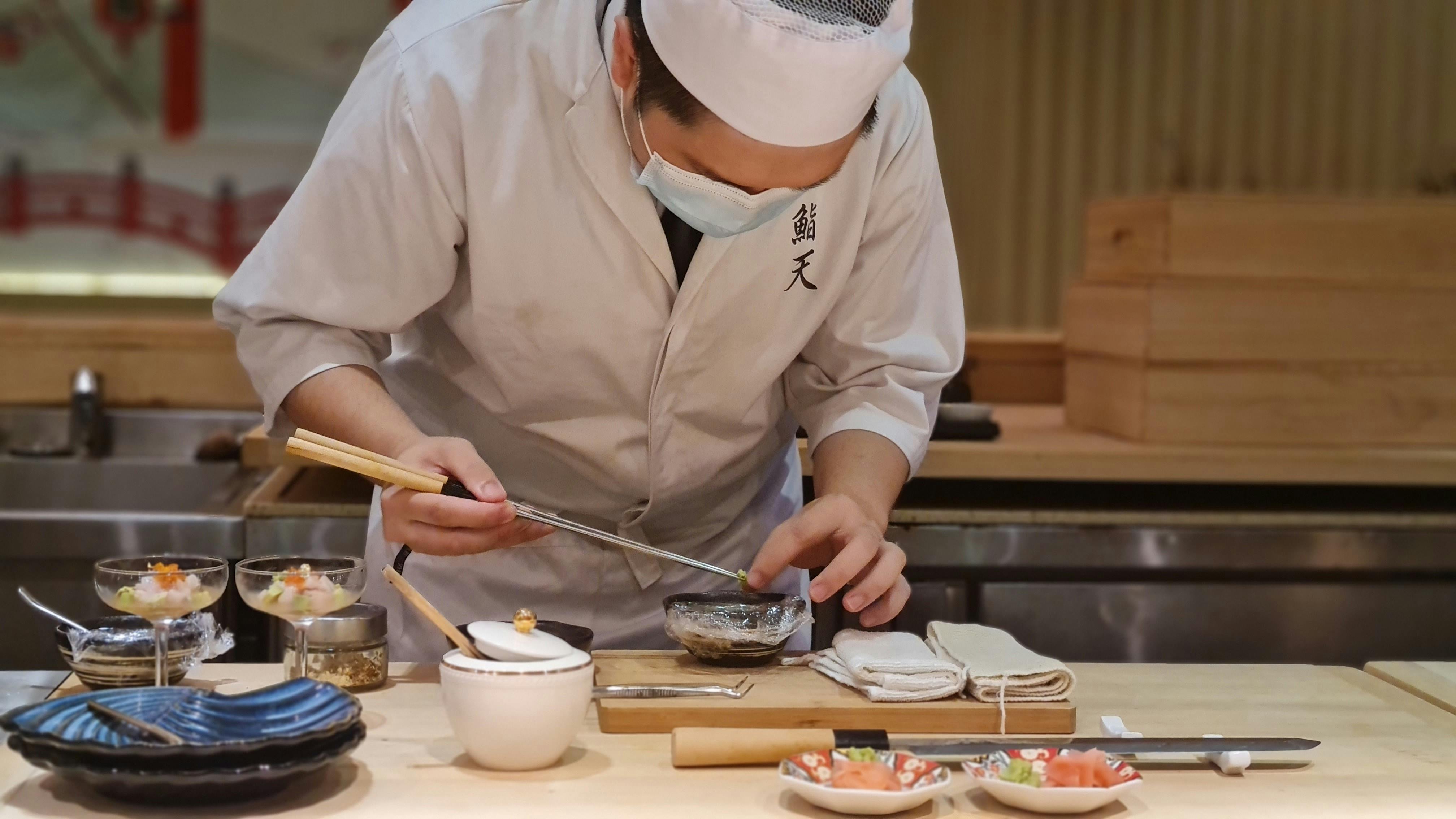
Food is going to be a major feature of your trip - no matter what appeals to you, Japanese cuisine offers some unique highlights which means there’s something for everyone. From supermarkets, to convenience stores and restaurants, uncover hidden gems and enjoy authentic Japanese fare.
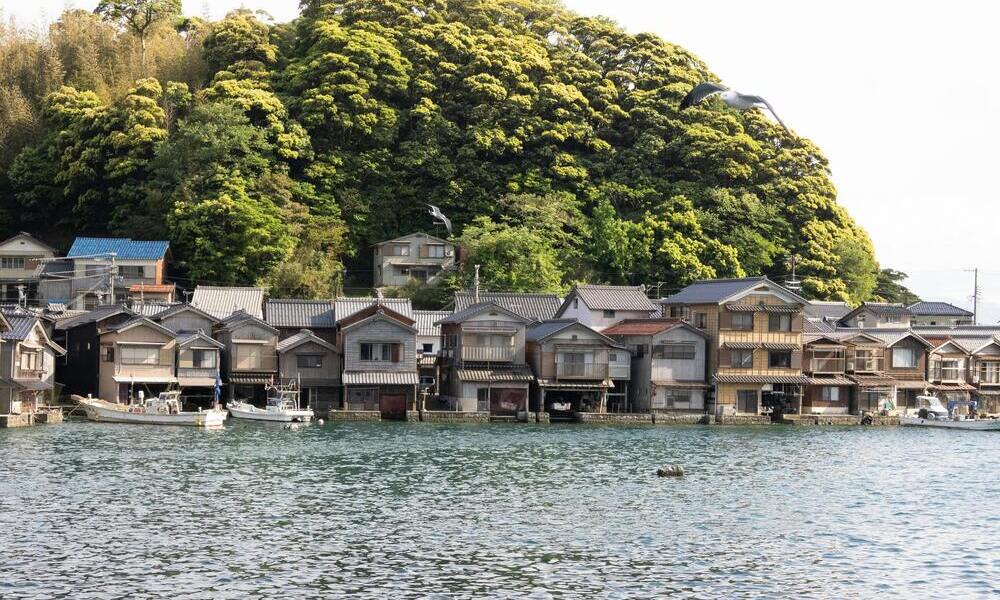
Japan is packed with delights for people looking for an insight into the history and culture of the country. From religious sites, castles, and perfectly preserved buildings, to anime and manga, there’s plenty to learn no matter how well you think you know Japan.
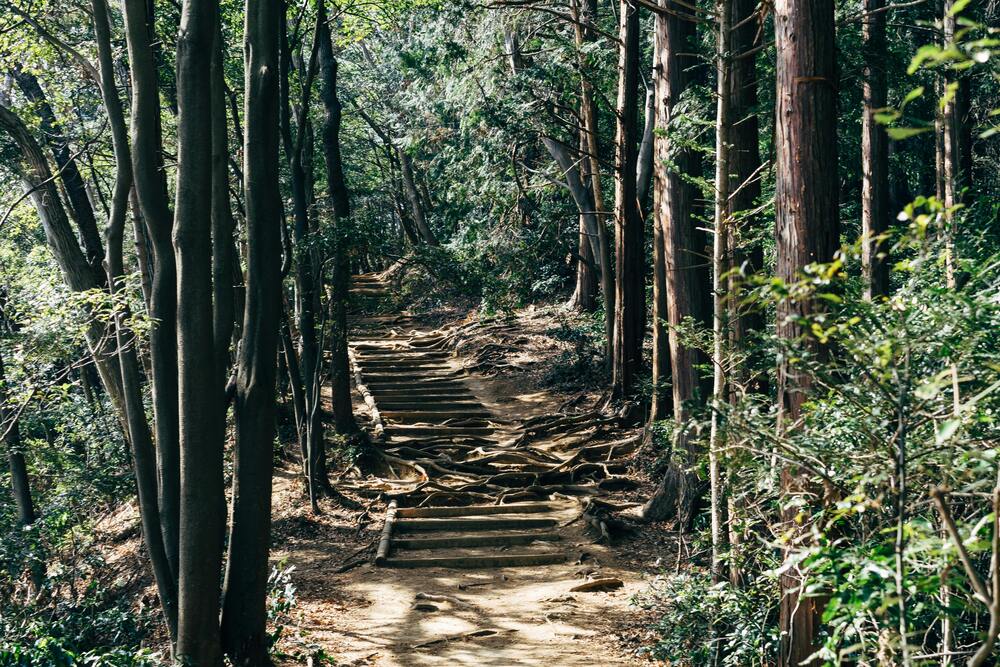
Japan has rich and varied natural sites. Ski in the Hokkaido mountains, hit the beach in Okinawa, or pick a great time to hike - with easy to arrange day trips possible from the very heart of Tokyo. Depending on the season, there'll always be outdoor activities available.
| 💳 Whether you're paying for food, shopping, or attractions in Japan, enjoy seamless payments in JPY with Wise |
|---|
While November is an ideal time for Australians to visit Japan so they can escape the crowds and stay cool, there’s no wrong season to visit Japan. However, the best place to travel in Japan can change based on weather, festivals and what you plan to do. We’ve got some highlights below. A few key things to remember:
- Golden week (April/May), New Year and Obon (July/August) are key domestic travel times, pushing up prices and making booking ahead crucial
- Sakura is best spotted in March or April, but different locations peak at different times - look out for forecasts which can help you pick where to visit
- February is the peak ski month in Hokkaido, but can also be super busy
- Local festivals in July can make specific places extremely busy, so do check ahead based on your destination
- Bear in mind some festivals are set by lunar month, and so the dates can change annually - some are not held every year
Here’s a summary of a few ideas of what to do and where to go month by month:
| Month | Weather and temperature | What to do |
|---|---|---|
| January | Tokyo hits around 10 degrees celsius - Hokkaido temperatures may not break 0 degrees |
|
| February | Tokyo hits around 10 degrees celsius - usually the coldest month in Hokkaido, with night time lows around -15 degrees |
|
| March | Tokyo rises to around 13 degrees celsius - similar temperatures in many places, aside from hotter Okinawa |
|
| April | Tokyo hits around 19 degrees celsius, Kyoto and Osaka have similar temperatures |
|
| May | Tokyo hits around 23 degrees celsius Rainy season in Okinawa |
|
| June | Tokyo hits around 25 degrees celsius Hot and humid in many areas, with lots of rain |
|
| July | Tokyo hits around 29 degrees celsius Hot and humid in many areas, often peak rains |
|
| August | Tokyo hits around 31 degrees celsius - Hiroshima, Osaka and Kyoto can be even hotter |
|
| September | Tokyo hits around 27 degrees celsius - Hokkaido still has more moderate temperatures |
|
| October | Tokyo sits at around 21 degrees celsius - similar temperatures in many areas, with significantly less rain then September |
|
| November | Tokyo falls to around 16 degrees celsius, rains drop off again |
|
| December | Tokyo falls to around 12 degrees celsius - Okinawa is still a balmy 21 degrees |
|
Hopefully you’re getting excited now! Here are a few things to take note of when planning a trip to Japan from Australia.
Leisure travellers to Japan who hold an Australian passport do not need a visa to enter the country for short-term stays up to 90 days. Those who want to stay longer can also consider a working holiday visa, available to those aged 18 to 30, and is valid for an initial period of six months.
Whether or not you need a Japan visa depends on what passport you have and the purpose and duration of your visit. Japan has visa exemption arrangements with 71 countries and regions - check the website of the Embassy of Japan in Australia for the latest information.
Narita airport near Tokyo is one of the busiest in Japan, and the most common destination for long haul flights. There’s also Tokyo Haneda airport which serves millions of passengers, including local flights if you plan to travel internally in Japan. A non-stop flight from Sydney in Australia to Narita airport in Japan takes about 10 hours. Narita is 60 kilometres from central Tokyo and well served for transport links.
Other popular airports in major cities include Kansai International Airport in Osaka and Nagoya's Central Japan Airport. If you’re planning to explore other areas of Japan you may find you need to take connections to places like Fukuoka airport, or New Chitose airport if you’re heading off to Hokkaido. Generally, the infrastructure for travel within Japan, including city links and bullet train services, is second to none, making navigation a breeze.
Japan is a dream destination - but it’s not cheap. Manage the costs of your visit to Japan, with a Wise account and card, to hold and exchange JPY alongside your home currency, and to spend with a Wise card as you travel. Wise accounts can hold and exchange 40+ currencies, with mid-market exchange rates and low fees from 0.33%6. Avoid foreign transaction fees and keep control of your budget, with just your phone, with an intuitive app and easy in person, online and mobile payments.
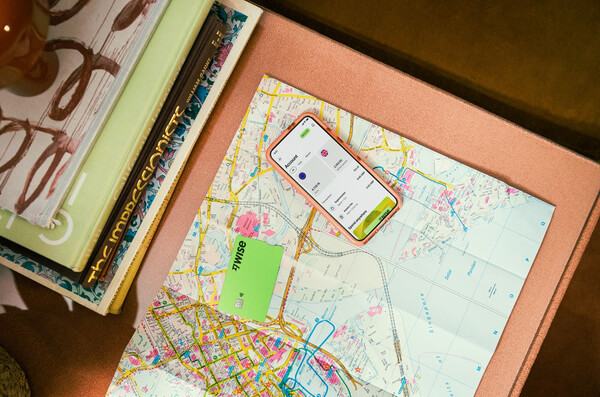
Add money to your Wise account from your bank, or using a card, and exchange to JPY in advance to lock in your exchange rate and fix your budget. Or simply let the card convert for you at the point of payment or withdrawal. In either case you get the mid-market exchange rate and the lowest possible Wise fee, which can start from 0.33%.

Order a Wise card to link to your account, and make some ATM withdrawals every month with the exchange rate you see on Google, low conversion fee, and no ATM fee7. You’ll get a fixed free withdrawal allowance every month before the low Wise fees begin, making this a simple and cheap way to get cash when you need it.
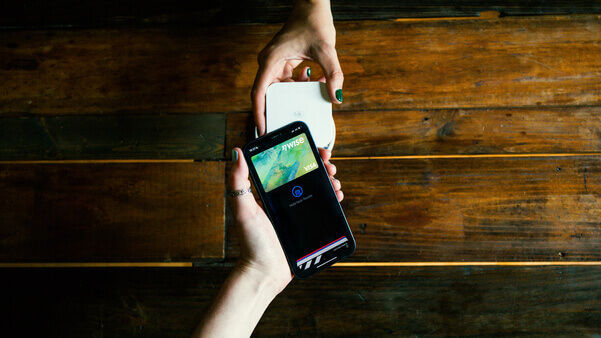
Tap and pay in person, make Chip and PIN payments, and add your card to a wallet like Apple Pay for easy spending in Japan and countries around the world. Easy.
Your trip to Japan will be a memorable experience whenever you decide to go. Use this guide to plan, and get Wise today to make your money go even further during your visit to Japan.
💰 Get the most out of your money with Wise
Sources:
*Please see terms of use and product availability for your region or visit Wise fees and pricing for the most up to date pricing and fee information.
This publication is provided for general information purposes and does not constitute legal, tax or other professional advice from Wise Payments Limited or its subsidiaries and its affiliates, and it is not intended as a substitute for obtaining advice from a financial advisor or any other professional.
We make no representations, warranties or guarantees, whether expressed or implied, that the content in the publication is accurate, complete or up to date.

Heading to Japan? Here are 11 essential tips to help you prepare for a smooth, stress-free, and unforgettable experience!

Just under 10 hours direct flying time from Australia, Japan is a much-loved travel destination for many Aussies with more than half a million of them landing...
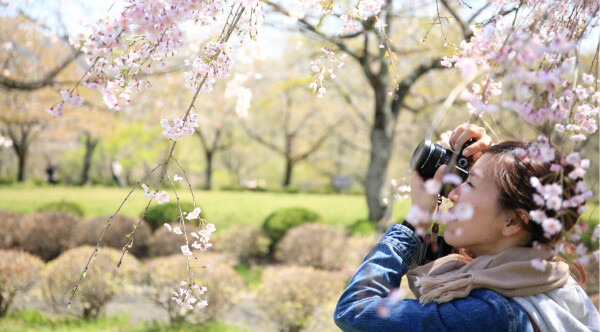
Japan is generally viewed as a medically-safe location for tourists with high-quality medical care. If you’re visiting Japan for a holiday or short-term...
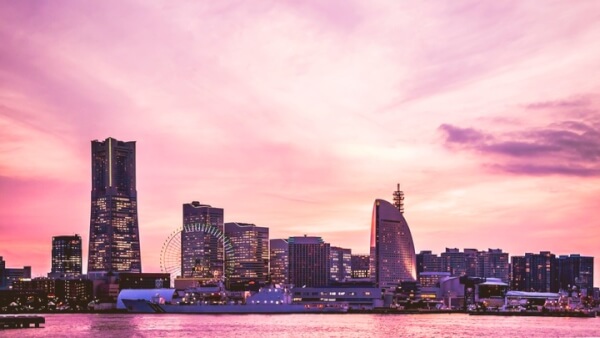
You’ll find international automatic teller machines (ATM) and cash dispensers in more than 20,000 post offices and 10,000 7-Eleven convenience stores across...
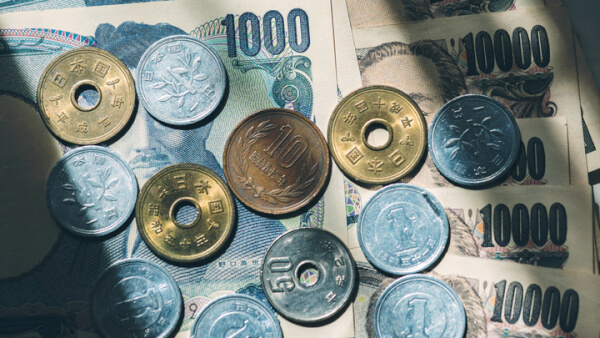
Visiting Japan? Get essential money tips! Learn about Japanese Yen (JPY), currency exchange, ATMs, card usage, and how Wise can save you money on your trip.